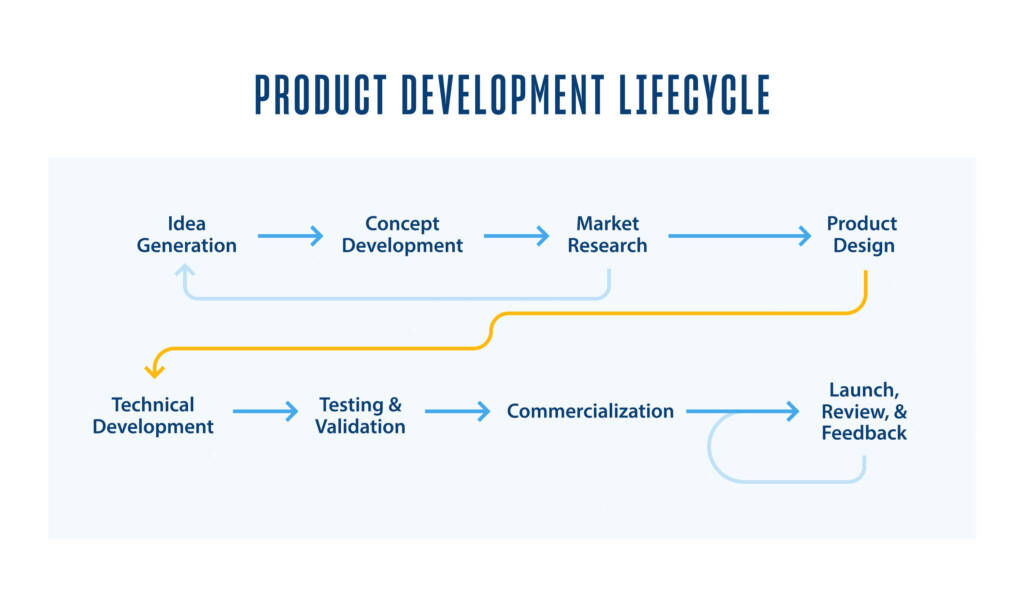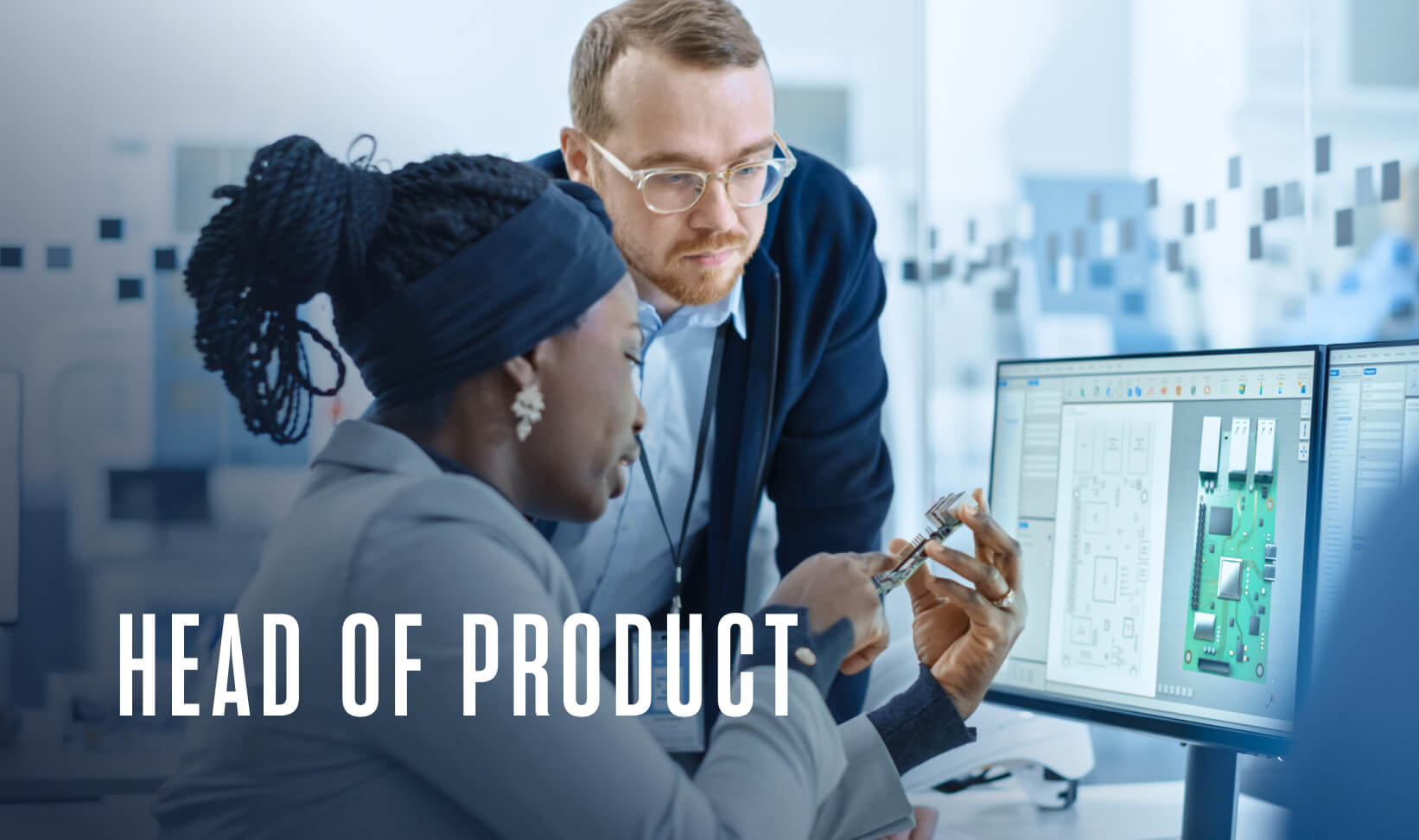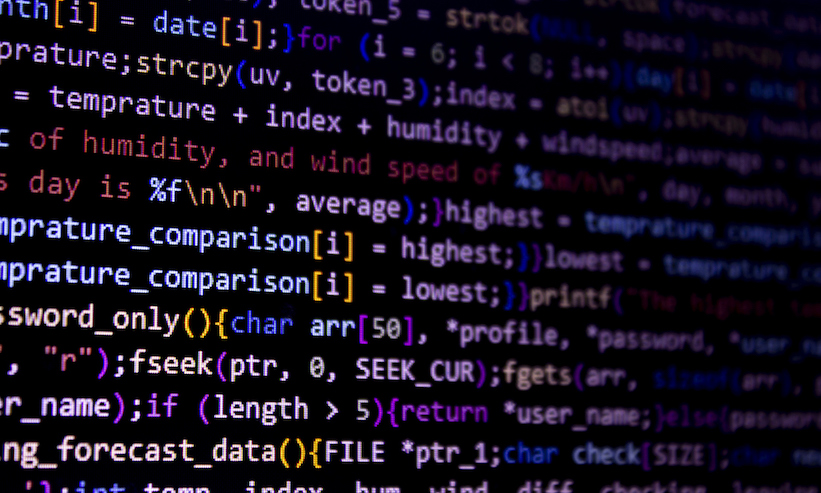It is one of the oldest adages in the business world that most new product launches fail. Now, depending on where you’re getting your information from, the exact percentage of failed launches can range from 75% to up to 95%! The reality is likely not quite as drastic, and varies by industry, but the central truth remains — while product development is vital for any business, it also carries a high risk of failure.
That’s what makes effective product management so important and the role of head of product so vital to a company’s success. Whether you’re tasked with developing a brand-new offering or enhancing an existing product or service, your work is essential for creating the revenue streams necessary for company growth.
Part of what’s difficult about this position is that it’s responsible for overseeing the entire product development process, from ideation to launch and beyond. It is as much about managing internal and external product stakeholders and product managers as it is leading the building of the product or establishing your team’s vision and strategy.
If this challenge sounds interesting to you, then you could be a good fit for the head of product job. Here’s what you need to know about this important leadership position.
What Is Product Development?
Product development, also known as new product management, is the conceptualization, design, development and marketing of new or rebranded goods or services. The primary goal of product development is to cultivate, maintain and expand a company’s market share by introducing new products or improving existing ones to meet customer demand.
Product development is not a linear process; it is complex and iterative, requiring continuous refinement and feedback. While not all product development will follow the same process (and is likely to differ greatly depending on industry), general stages will consist of:
- Idea Generation — The identification of market needs, which can then result in innovating on existing products or exploring new technologies. This stage consists of brainstorming sessions, gathering customer feedback, market analysis and scouting competitors or new technology.
- Concept Development — This is the attempt to define a product’s features, target market and potential benefits. The development team will outline product specifications, create preliminary designs and assess the product’s overall feasibility.
- Market Research — Once the idea of a product or service is generated, the next step is to understand the target audience, market trends and existing competition. This can be done through surveys, focus groups, competitive analysis and pricing strategy formulation. Note that, in some cases, market research can determine there’s no need for a particular product, or identify an entirely different need that requires a different product or service. In this case, the product team can take that new information to develop a new product concept.
- Product Design — Once a product concept has been finalized, the team will detail its specifications and functionality. This will include the creation of CAD models, prototypes or minimum viable products, which can be continually refined based on feedback on feasibility, function and cost.
- Technical Development — Here’s where engineers and designers put the work in to develop the product. They’ll build and test different prototypes, find ways to integrate new technologies and work to solve any technical challenges.
- Testing and Validation — The team will test the product to ensure it meets quality standards, regulatory compliance and user expectations. The team will conduct rigorous testing, performing regular quality assurance checks and gathering user feedback.
- Commercialization — Once a product is deemed ready for launch, the product development team will coordinate with other departments to plan strategies for manufacturing, marketing and distribution.
- Launch, Post-Launch Review and Feedback — Once the product is launched, the team will continue to evaluate the product’s performance for further improvements or refinements. They’ll monitor sales, collect user feedback, analyze market reception and implement product iterations in an attempt to improve the product. This final stage never really ends. Even a successful product will need to be updated over time, whether it’s to find ways to increase revenue, compete with new competitors or adjust to changes in the market. Even failed product launches will have post-mortems to determine (if possible) where the product fell short and what lessons can be learned for future developments.

What Does a Head of Product Do?
A head of product operations is ultimately responsible for all of the stages of product development. They’re the person who needs to make sure that all the right people are in place in the product development team — especially in leadership roles such as senior engineers or product managers.
The U.S. Chamber of Commerce describes the head of product as “the individual who focuses on aligning a company’s product strategy with the overall business strategy and is responsible for managing the product development team.”
The head of product focuses on big-picture responsibilities, which include crafting a product vision and strategy and maintaining those elements throughout the entire development process. Specific head of product responsibilities can include:
- Performing market research and analysis
- Overseeing an organization’s entire product portfolio
- Supervising the entire product management team
- Establishing, monitoring and analyzing relevant KPIs
- Defining and aligning the product vision, strategy and roadmap
- Meeting and collaborating with other departments and divisions
- Establishing strategic partnerships with third-party vendors
What Is the Difference Between Head of Product, Director of Product, VP of Product and Chief Product Officer?
Depending on the size and structure of an organization, the head of product role might also be referred to as the director of product management, vice president of product, or Chief Product Officer (CPO). While every organization has its own unique structure, generally in larger organizations the head of product sits in the middle of a hierarchy.

- The director of product or VP of product will be the person in charge of overseeing specific steps within the product development lifecycle. Either of these roles will focus on putting processes and procedures in place to get the job done in an efficient manner
- When the head of product position is directly above a director or VP, then it has more capability to focus on the larger operations of the product team. In this case, the head of product is largely responsible for the profitability of the product team and will be responsible for managing deadlines, deliverables, budget allocation and resource management.
- If there’s a CPO, then they stand at the top of the product department hierarchy. The scope of this role is generally mostly big-picture, overseeing how product development fits within the larger organization. It is the CPO who will ensure that the product team’s strategy aligns with the larger business strategy and is deployed throughout the organization.
In the absence of a VP of product or CPO, the head of product will take on those responsibilities. Ultimately, it’s up to the individual company to determine if these roles are needed and how they’re defined.
How Much Does a Head of Product Earn?
The exact salary for a head of product position depends on the industry, company and geographic location. As of June 2024, the following job aggregate sites listed the following estimates for a head of product salary:
- Glassdoor — Average salary of $201,053
- Salary.com — Salary range of $262,890 to $329,290
- Payscale — Average salary of $144,790
As with any position, the amount of compensation you earn will vary based on your experience, skills, certifications, education and employer.
What Skills Are Needed to Be a Head of Product?
As one of (if not the) most senior leaders in product development, the head of product needs a strong mix of hard and soft skills. Their hard skills will be a mix of technical know-how and business acumen, while essential soft skills will include the ability to communicate and think strategically.
- Leadership — A head of product will need to create an environment that helps the product development team feel valued, encouraged and supported. They also need to set clear expectations and define measurable, outcome-based goals and then hold people accountable — including themselves.
- Product management — A head of product will need to be experienced in all aspects of the development lifecycle. This will allow them to select the right key performance indicators (KPIs) to track progress and find efficiencies.
- Strategic thinking — Establishing an actionable roadmap and the right product management processes are fundamental for a working business model. This includes the ability to establish larger goals based on data and then being able to adjust when variables change.
- Business skills — Specifically, the ability to understand the industry you’re in, determine customer needs, create a budget and adopt the right business model that will allow you to manage a cash flow while outpacing competitors.
- Technical ability and analysis — While the selection of different tools or technologies may be more the responsibility of team leaders or directors of products, a head of product should still have the technical knowledge and experience to facilitate the selection of the right resources.
- Problem solving and critical thinking — Tactical thinking is just as important as larger strategic thinking. Critical thinking skills and proactive decision making will help address setbacks, circumvent problems and resolve conflicts.
- Communication skills — Everything, from strategy to goals to expectations, needs to be clearly communicated with all parts of the product development team. Heads of product will also have to regularly communicate the value proposition of their products to all stakeholders.
What Qualifications Are Needed to Become a Head of Product?
As a senior-level position, the head of product role requires significant qualifications and experience.
- Degrees Most positions will require that you have earned a bachelor’s degree in business, marketing, finance, engineering or other related field. Many positions will prefer an advanced degree such as a master’s of business administration, master’s of engineering or master’s of engineering management and leadership degree.
- Certifications Earning certifications from recognized institutions and organizations can showcase your experience in management, leadership and technical expertise. Relevant certifications can include:
- Product management certifications such as Certified Scrum Product Owner (CSPO) or Certified Product Manager (CPM).
- Leadership and management certification such as Certified Manager Certification (CM) or Certified Business Analysis Professional (CBAP).
- Experience While the amount and type of experience you need will vary by position, most positions will expect around a decade of professional experience. This can include five to seven years of direct experience in product management roles such as product manager or senior product manager, or similar and two or more years as a VP of product or director of product management.
Industry experience is also important, as companies will prefer job candidates who have several years of experience within a relevant field, as well as a proven track record of developing and executing product strategies.
Who Is Hiring for this Position?
Most heads of product work in the private sector, though there are some job opportunities available within non-profit and charitable organizations. A review of different job aggregator sites in June 2024 found listings for head of product and similar positions from companies such as:
| – The Richmond Group USA – SurfaceAI – Virgo – Slip Robotics – CSV Now – SymphonyAI | – Intuitive – Compassion International – SBH Fashion – Metagenics – Gather – Higharc |
Frequently Asked Questions
The head of product is an engaging, high-level position that requires a mix of technical, business and leadership skills. If you’re thinking about advancing your career as a head of product — or to a similar leadership position — we invite you to learn more about the University of San Diego’s Master of Science in Engineering Management and Leadership program.




